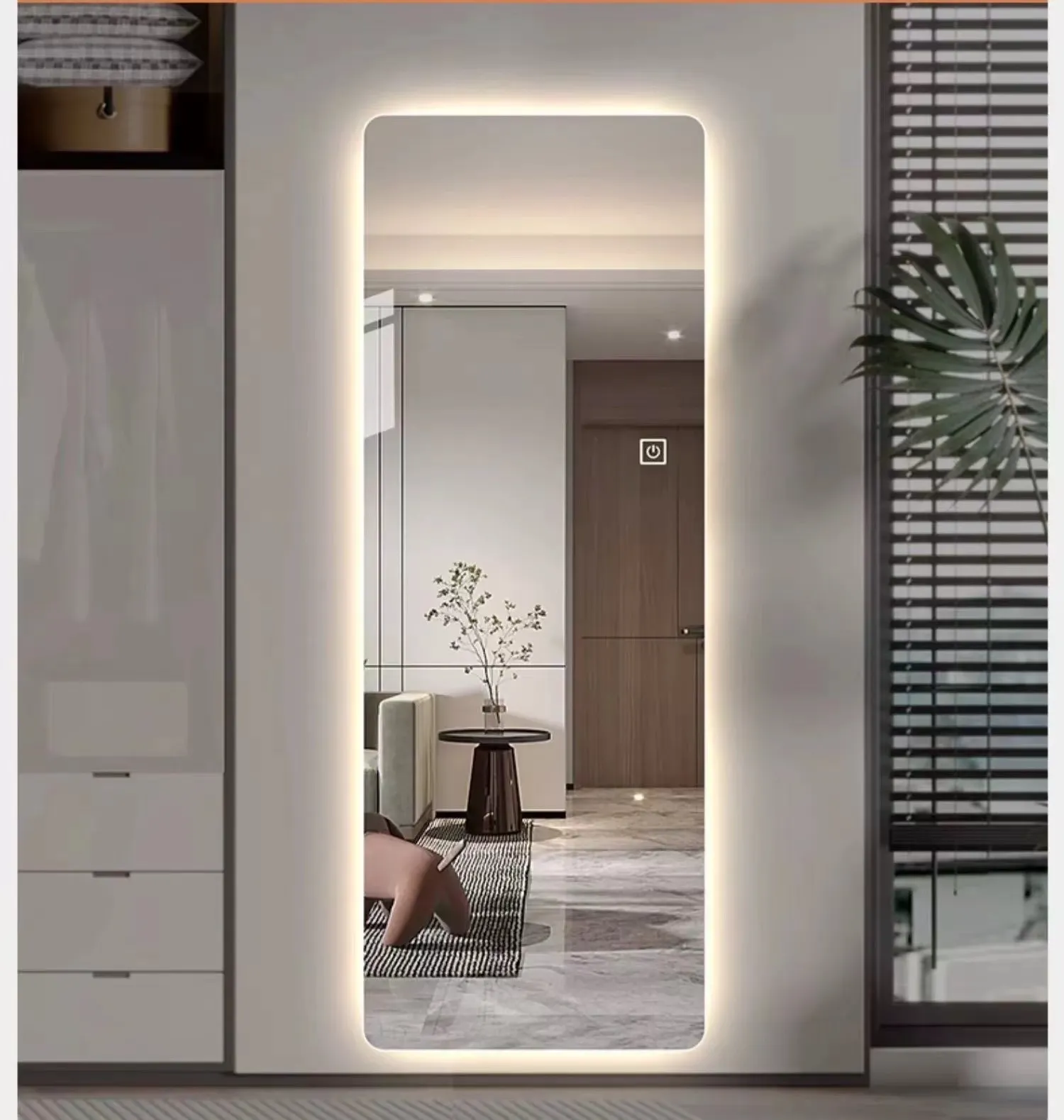

The Aesthetic and Functional Aspects of Tinted Glass Colour
Tinted glass, with its myriad of colors and shades, has become a popular choice in modern architecture and interior design. This versatile material serves not just a decorative purpose but also functional roles that enhance living spaces. Whether for residential buildings, commercial structures, or vehicles, the application of tinted glass colour is significant both aesthetically and practically.
One of the primary reasons for using tinted glass is to control sunlight and glare. Different shades of tint—ranging from subtle hues to bold colors—can effectively reduce the amount of natural light entering a space. This is especially beneficial in areas with intense sunlight, where excessive glare can create discomfort. Tinted glass helps to soften harsh light, making the interiors more inviting and relaxing while also providing a level of privacy without sacrificing natural brightness.
Moreover, the energy efficiency of tinted glass cannot be overlooked. By reducing the amount of solar heat gained through windows, tinted glass can contribute significantly to lowering energy costs. Buildings equipped with tinted glass often require less air conditioning, which not only saves money but also reduces the overall environmental footprint. The integration of tinted glass can thus be seen as a sustainable choice, promoting energy conservation in a world increasingly aware of its impact on climate change.

From a design perspective, tinted glass offers a unique aesthetic appeal. Architects and designers utilize various colours, such as bronze, gray, and blue, to create stunning visual effects. The interplay of tinted glass with light can produce beautiful reflections and shades, transforming the appearance of a building throughout the day as the light changes. This dynamic quality allows architects to express their creativity, making tinted glass a favored choice for modern structures seeking to make a statement.
Furthermore, tinted glass plays an important role in enhancing the privacy of a space. In urban environments where buildings are in close proximity, the use of colored tints allows for a level of seclusion that clear glass does not provide. Occupants can enjoy their views while feeling shielded from prying eyes, striking a balance between openness and privacy.
In conclusion, the use of tinted glass colour in architecture and design presents a synthesis of functionality and aesthetic appeal. It offers solutions to everyday issues such as glare and heat while also enhancing the beauty of a structure. As we move forward, the popularity of tinted glass is likely to continue to grow, reflecting not only a trend in design but also a commitment to sustainability and comfort in our built environments.